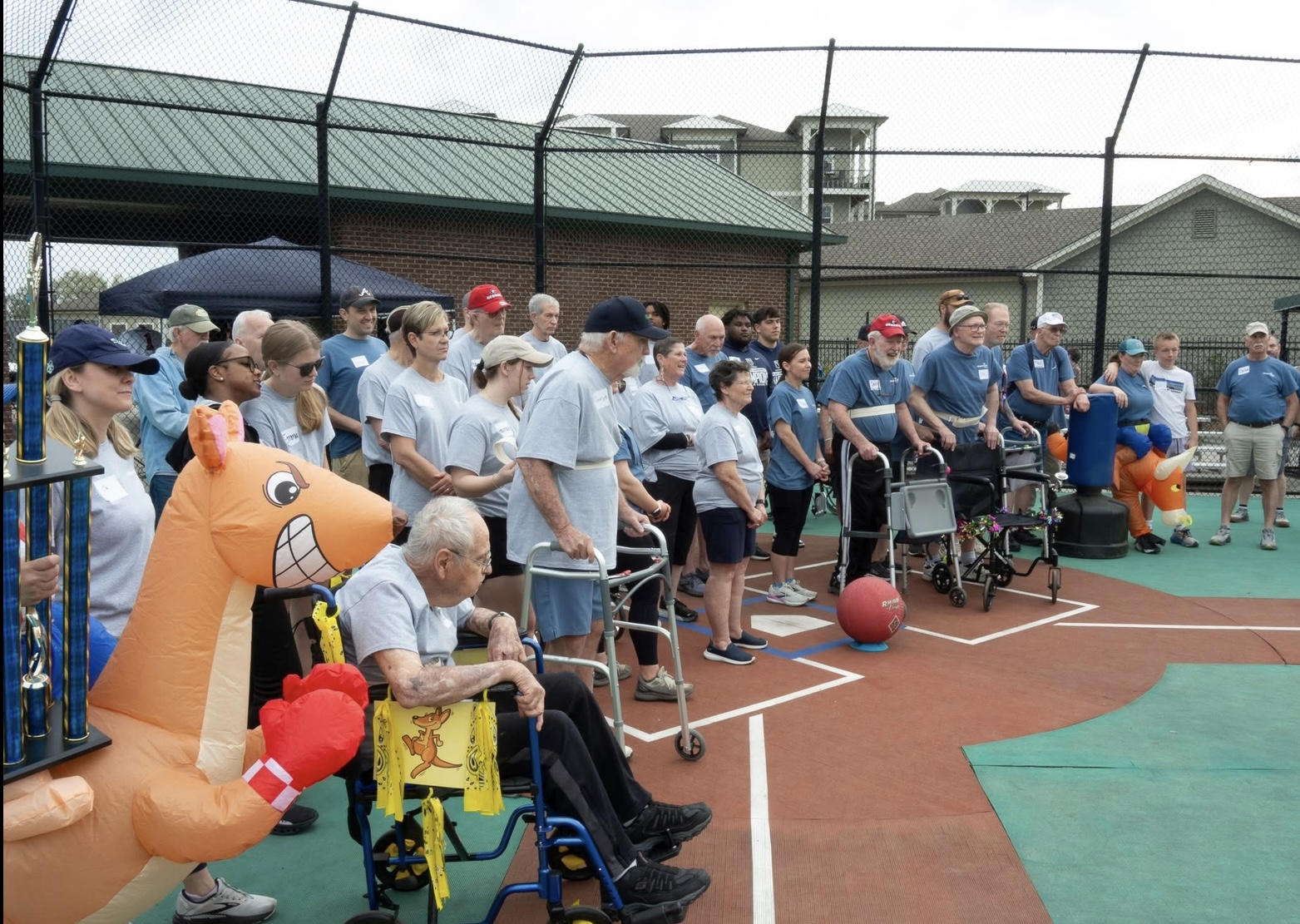Ralph Dover III was taken into custody midday at the Polk County Courthouse not long after Judge Mary Staley handed down a verdict following the second morning of testimony and closing arguments this morning.
Judge Staley found Dover guilty of felony hit-and-run and misdemeanor reckless conduct as she handed down her verdict and laid out her reasoning for the decision, even including Dover’s own testimony when she explained before recessing court again for the day.
Dover was remanded into custody at the Sheriff’s Office, even though his attorney requested he be allowed to continue to remain out of jail on the same bond conditions he’s been under the entire time. She did set a date for sentencing for August 29 at 9 a.m.
A pre-sentencing report will be submitted before Dover’s sentence is handed down by Judge Staley.
Before officially ruling him guilty, she did note as she began to explain her decision that she found the state met the burden of proof for both the hit and run and the reckless conduct charge. Dover will potentially face a maximum sentence of 5 years for the hit and run charge, which Browning will seek since the resulting incident caused the death of Eric Keais on September 11, 2019.
“I will take a look at the same pre-sentencing report that he (McWhorter) does. Obviously I’ll have to factor that into any recommendation that I make,” Browning said. “I’m going to be looking for prison time.”
He added that “I start at 5 years, and now show me why it should be mitigated. As far as I’m concerned, Mr. Keais lost his life. He died as a result of this. It’s like a murder case for me. I start at the maximum, and so tell me why it should be less? That will come to light when we get into sentencing (next month.)”
Court proceedings wrapped up today after the defense presented their case with just two witnesses: Dover’s mother, and Dover himself. He wanted a chance to answer questions about what happened that night despite the risk posed during cross examination, and was asked when he took the witness stand if he understood that he wasn’t required to testify.
Despite that, Dover’s testimony initially kept to the same pattern throughout the trial presented by the defense: he’s a simple-minded man who didn’t know what he hit, and pulled over to a place he knew well to see what happened. His attorney Brian McWhorter during questioning posed the idea that Keais struck Dover’s car since Dover made it clear: no one was driving in front of him at the time, cars were behind him that didn’t stop either, and he never saw Keais on his bicycle.
He testified he wasn’t on his phone – never used his phone while driving, in fact. He testified he hadn’t been drinking, or wasn’t distracted in any way. Keais somehow came out of nowhere.
When he faced cross examination by Browning, Dover’s story didn’t waiver but he couldn’t explain certain issues. How, for instance, was he able to talk to his friend who asked for a can of dip when he went to the store but hadn’t used his phone since 1:30 p.m.? How was it that he had a photo of the vehicle sent to State Rep. Trey Kelley prior to his friend and local attorney’s arrival, but the phone was broken later that night when he dropped it? (He did claim to have a backup phone and his mother helped him move the SIM card to explain why the photo was no longer available.)
Other issues with his timeline cropped up during cross examination as well: the fact that when Kelley arrived, they first went up to drive and see if anything was wrong, and “stepped out to walk around two or three feet and look around” to discover the baseball cap and reflector from the bicycle, and then it was another 10-15 minutes before Chief Jamie Newsome learned of the situation and dispatched an officer within minutes. He didn’t know Kelley had made another phone call while he waited inside of Kelley’s truck for several minutes, but knew that his friend had called the Police Chief.
A particular note that Dover continued on was “I lean on my friends for help” whenever he’s in a situation he didn’t know what to do, but admitted that he knew since having a license at the age of 17 that he was supposed to call 911 to report a wreck.
Dover also showed some confusion over the timeline of events, claiming an additional friend who had requested the dip was called alongside of Kelley to come and help as well, but told the court that they hadn’t shown up until after the police arrive. Body camera footage that Judge Staley requested to watch a second time refuted that, and another claim: I didn’t know what I had hit that night.
Judge Staley noted during her explanation that this and other compelling facts stood out: while on the body camera, Dover said that he wasn’t sure if he hit a person or a deer when Sgt. Turner arrived at the Dollar General Market parking lot.
When delivering her decision, she noted that this along with the fact that Dover had multiple places to stop should have compelled him to immediately call 911 and not continue another minute’s worth of driving down the road to stop at a store he knew. If he didn’t know immediately when Keais was struck and as Browning described “rode the hood” and ended up more than 100 feet from where he was struck, then he should have known when the evidence of what happened was found on the side of the road.
McWhorter’s closing argument centered around that central idea. When did Dover have the knowledge for when he realized he hit a person. The defense during the two-day trial argued that he didn’t know until police told him later. Dover had always been forthright and cooperate with law enforcement, and wasn’t hiding from the incident. But per McWhorter’s defense, he wasn’t guilty of hit and run since he had no knowledge of what he had hit at the time.
The prosecution – and ultimately Judge Staley as well – disagreed with that notion. They pointed to the 40 minutes it took from when it was estimated Keais was hit between 8:30 and 8:31 p.m., and when he was found on Sept. 11, 2019 at 9:11 p.m.
Despite the decision to go for a rare Judge’s trial in a criminal proceeding, Dover does have the opportunity to appeal Judge Staley’s guilty verdicts in the same process as would be undertaken for a jury trial.
Browning said after the verdict that he recently spoke with Eric Keais’ father and brother, and “when you speak to them, the emotions that they convey, it draws you in and you’re living with that pain with them.”
“I was able to bring justice to them, for what it’s worth,” Browning said.





















Leave a Reply